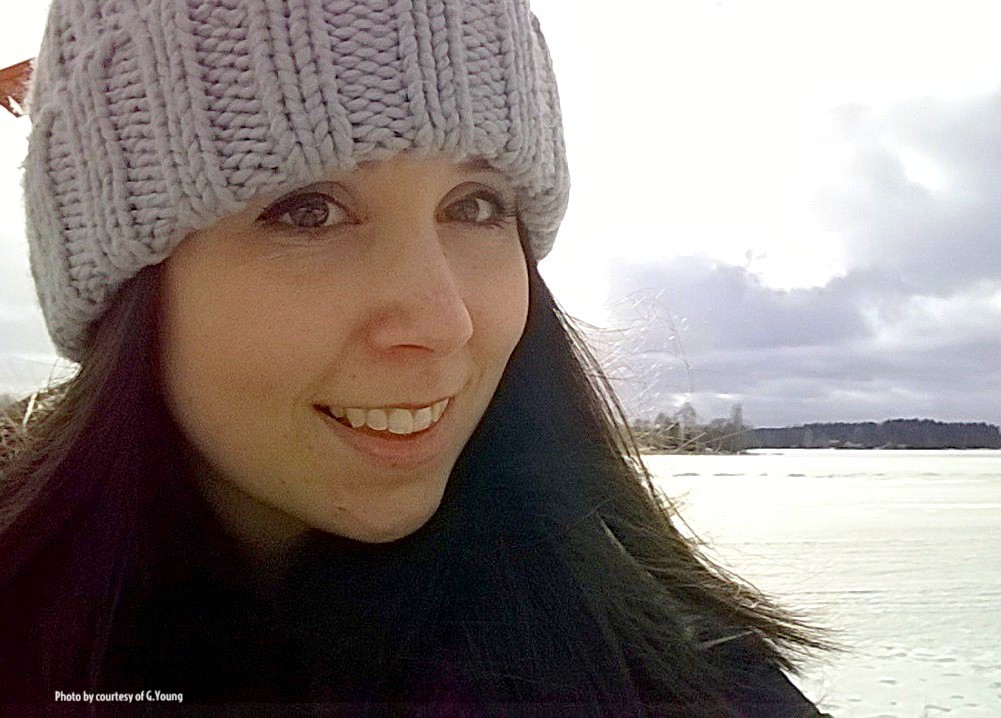 Did you know that Arctic clouds can live for up to 153 hours*? That’s almost an entire week! Due to their long lifetime, these clouds have a profound impact on the Arctic climate by scattering solar radiation back into space. However, these clouds also act to trap in heat from the surface, especially during the polar night. Surface warming is a key concern in the Arctic, and Arctic clouds are likely contributing towards it.
Did you know that Arctic clouds can live for up to 153 hours*? That’s almost an entire week! Due to their long lifetime, these clouds have a profound impact on the Arctic climate by scattering solar radiation back into space. However, these clouds also act to trap in heat from the surface, especially during the polar night. Surface warming is a key concern in the Arctic, and Arctic clouds are likely contributing towards it.
The numerical models used to project future climate poorly reproduce Arctic clouds, thus affecting our ability to predict how surface temperatures will change. We cannot model these clouds effectively because we simply do not understand them well on a small scale. If we don’t know how they are sustained for such a long time, we cannot develop the right numerical relationships to simulate them correctly. As a cloud physicist, this is what I do: I study the small-scale, microphysical interactions in polar clouds which drive their evolution and lifetime, and derive new ways to accurately simulate them in models.
My PhD at the University of Manchester focused on data collected during a large UK-funded project to the European Arctic; the Aerosol-Cloud Coupling And Climate Interactions in the Arctic (ACCACIA) campaign. We collected a wealth of measurements of clouds, aerosols, and atmospheric properties using the UK’s Facility for Airborne Atmospheric Measurements (FAAM) BAe-146 atmospheric research aircraft. By using a high resolution numerical model, I simulated interactions between the cloud droplets and ice crystals within the clouds we measured, using our in-situ measurements of clouds and aerosols for comparison. We learned a lot about how to recreate these clouds in models, but there is still some way to go before we can solve the Arctic cloud problem in global circulation models!
I moved from the University of Manchester to the British Antarctic Survey in July 2017 to tackle clouds at our other Pole. Polar clouds have a lot in common; however, we can use Antarctic clouds to learn more about how Arctic clouds should act if there wasn’t so much man-made pollution around. The Arctic is not as pristine as it once was, and air pollution from the northern hemisphere often travels polewards due to atmospheric circulation patterns, in addition to new local sources throughout the Arctic Circle. This pollution contains many different aerosol species not naturally found in the Arctic, and it is changing the composition of the Arctic atmosphere. By improving our understanding of how clouds behave in the pristine Antarctic environment, we can infer how air pollution may be affecting Arctic clouds.
However, this is no easy task ─ it requires input from cloud physics, aerosol chemistry, and large-scale dynamics experts, using a variety of platforms from satellite remote sensing to in-situ measurements and numerical modelling. Therefore, the IASC Fellowship programme presented an ideal opportunity for me to identify like-minded people with similar scientific goals to promote this interdisciplinary analysis of the Arctic atmosphere. I will use my Fellowship to learn from and engage with Atmospheric Working Group members to discover ways we can work together to solve the Arctic cloud problem; a solution which may improve our ability to predict and project future Arctic change in climate models.
*Shupe, M. D., Matrosov, S. Y. and Uttal, T. (2006): Arctic mixed-phase cloud properties derived from surface-based sensors at SHEBA. J. Atmos. Sci. 63, 697–711.
Get in Contact!
E-mail: giyoung[at]bas.ac.uk
Twitter: @GYoung410
IASC Fellowship Program
The IASC Fellowship Program is meant to engage Early Career Scientists (ECS) in the work of the IASC Working Groups (WGs). IASC Fellows are doctoral or postdoctoral researchers who actively participate in selected activities of the IASC WGs. The total duration of the IASC Fellowship Program is 1+2 years. After the first year the Fellows have an opportunity to stay involved up to 2 more years. The further involvement is individually decided by the WG Steering Group and the Fellow.
The IASC fellowship Program opens for new candidates every year around late September and is due mid-November . The call and the selection is held in collaboration with APECS.
For more information click here or contact the IASC Fellowship Coordinator Maja Lisowska.
